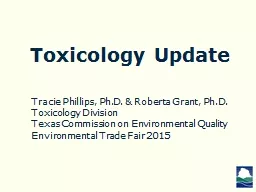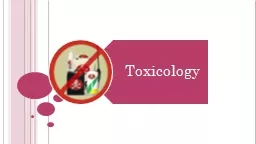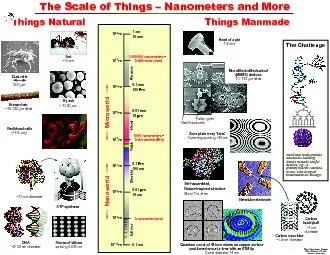PPT-Module 2: What Workers Need to Know about Nanomaterial Toxicology
Author : essencemessage | Published Date : 2020-06-17
Introduction to Nanomaterials and Occupational Health Kristen M Kulinowski PhD 8Hour Training Course This material was produced under grant number SH210081060F48
Presentation Embed Code
Download Presentation
Download Presentation The PPT/PDF document "Module 2: What Workers Need to Know abou..." is the property of its rightful owner. Permission is granted to download and print the materials on this website for personal, non-commercial use only, and to display it on your personal computer provided you do not modify the materials and that you retain all copyright notices contained in the materials. By downloading content from our website, you accept the terms of this agreement.
Module 2: What Workers Need to Know about Nanomaterial Toxicology: Transcript
Download Rules Of Document
"Module 2: What Workers Need to Know about Nanomaterial Toxicology"The content belongs to its owner. You may download and print it for personal use, without modification, and keep all copyright notices. By downloading, you agree to these terms.
Related Documents














